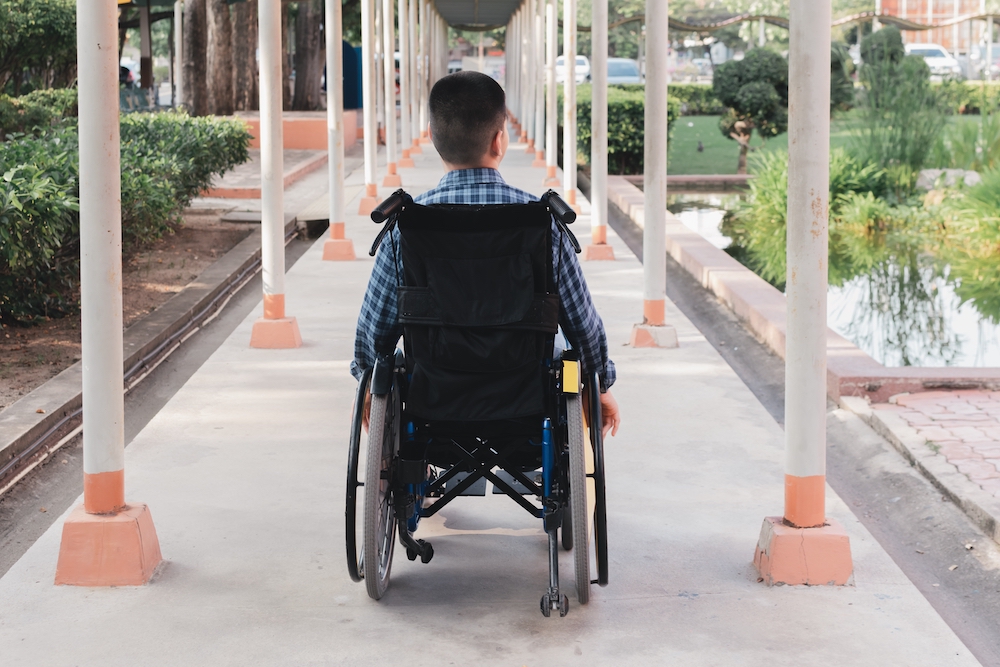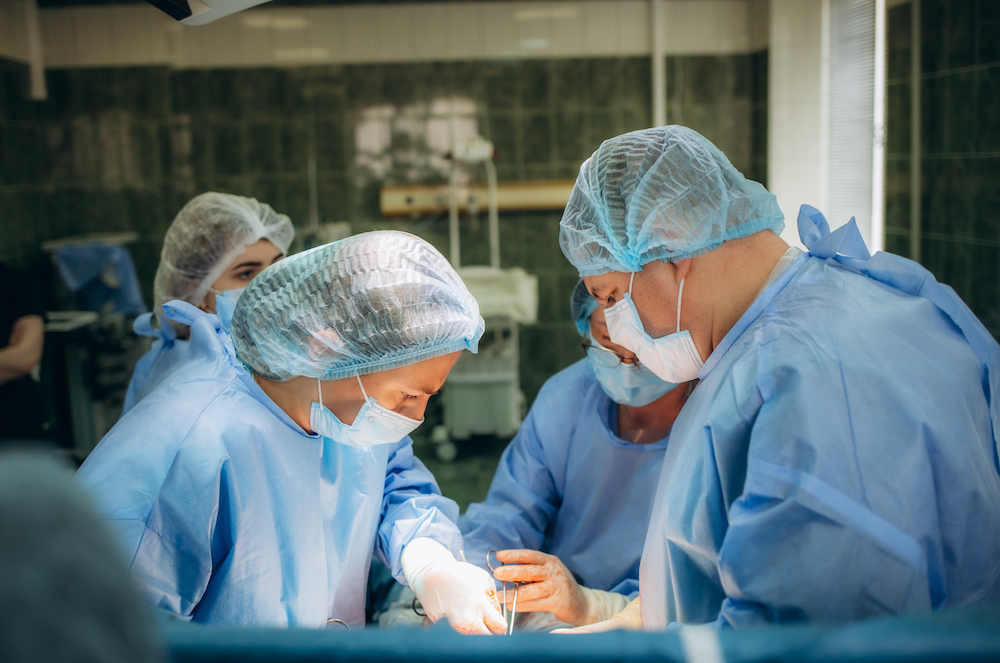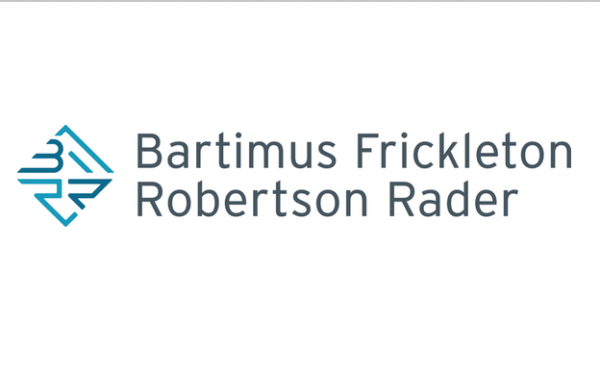
Although TV and media often portray birth as a seamless and joyful experience, the reality is far more complex. Each year, there are approximately 30,000 babies in the United States born with some form of birth injury.
Birth injuries can vary in severity, from relatively minor and temporary conditions to severe and lifelong disabilities. In the most tragic cases, birth injuries can even take the life of a child.
Some birth injuries are unavoidable (such as those resulting from congenital birth defects, premature births, or unforeseeable emergencies or complications). However, many birth injuries are entirely preventable.
These preventable injuries happen when a healthcare professional acts in a negligent way, causing injury to the baby. This blog will explore the role of medical malpractice in one of the most life-altering birth injuries: cerebral palsy.
Understanding Cerebral Palsy
Before we explore the medical malpractice role in cases of cerebral palsy, it’s important to understand what cerebral palsy is and what causes this condition.
Defining Cerebral Palsy
Cerebral palsy (CP) isn’t a singular condition—it is a term that encompasses a range of neurological disorders that affect a person’s ability to control their muscles and movement. The word “cerebral” refers to the brain, and the word “palsy” means muscle impairment. While the specific symptoms of cerebral palsy can vary, all people with CP have problems with movement and posture.
Types of Cerebral Palsy
There are 4 main types of CP, and each is characterized by the specific motor impairments and symptoms that are present.
-
Spastic Cerebral Palsy
Spastic CP is characterized by stiffness and tightness of the muscles (also referred to as spasticity). Because the muscles are so rigid, it makes it difficult to control motor movements.
Spastic CP is the most common form of the disorder. About 80% of people with cerebral palsy have this type. Spastic CP can affect different parts of the body, leading to 3 main subtypes of Spastic CP:
Spastic Diplegia
Spastic diplegia most commonly affects the legs, but children with this subtype of spastic CP may also have mild arm involvement.
Spastic Hemiplegia
Spastic hemiplegia affects one side of the body, usually affecting the arm more than the leg.
Spastic Quadriplegia
Spastic quadriplegia affects all four limbs, and can also impair facial movements.
2. Dyskinetic Cerebral Palsy
Dyskinetic cerebral palsy (also known as athetoid cerebral palsy), causes difficulty in controlling voluntary movement in the arms, feet, legs, and hands. Movements can be very slow or very rapid, making it difficult to sit and walk.
Dyskinetic CP is the second most common type of cerebral palsy, affecting about 12 to 14% of people with CP. Dyskinetic cerebral palsy is further divided into subtypes based on the type of movement present:
Chorea
Chorea involves rapid, irregular, and unpredictable involuntary movement.
Dystonia
Dystonia involves involuntary muscle contractions and slow, withering, repetitive movements.
Athetosis
Athetosis involves slow, twitching, and wriggling movements.
3. Ataxic Cerebral Palsy
Ataxic Cerebral Palsy causes poor coordination and balance. It can affect the whole body, including the muscles around the mouth and eyes. Ataxic cerebral palsy is the rarest type of CP, affecting about 5% of all CP cases.
4. Mixed Cerebral Palsy
Mixed cerebral palsy is characterized by multiple motor symptoms simultaneously. For example, a person may experience spastic movements (muscle tighteness and rigidity), along with dyskinetic movements (involuntary movement) and ataxic movements (poor coordination) at the same time. About 10% of people with cerebral palsy are affected by mixed CP.
Symptoms of Cerebral Palsy
Symptoms of cerebral palsy vary depending on which area of the brain is affected. In addition to the motor symptoms present in all CP cases, some people experience associated symptoms related to:
- Speech (ex: delays in speech development or difficulty speaking)
- Eating (ex: trouble with sucking, chewing, or swallowing)
- Development (ex: delays in developmental milestones, learning disabilities, intellectual disabilities, or delayed growth)
- Other conditions including epilepsy, trouble with hearing and vision, and bladder/bowel problems
Causes of Cerebral Palsy
Cerebral palsy is caused by abnormal development or damage to the areas of the brain that control movement. This can happen before, during, or after birth due to:
- Birth trauma
- Congenital brain abnormalities
- Maternal infections
- Newborn infections
- Premature birth
- Severe jaundice
- Hypoxic-ischemic encephalopathy (insufficient oxygen and blood flow to the brain)
Treatments for Cerebral Palsy
Cerebral palsy is a lifelong condition with no cure. Individuals with cerebral palsy can participate in therapies and supports to increase their functional abilities and quality of life, including:
- Physical therapy to improve muscle strength, flexibility, and range of motion
- Occupational therapy to improve fine motor skills and ability to complete activities of daily living (feeding, dressing, writing, etc.)
- Speech therapy to improve speech, language, and swallowing function
- Medications to alleviate pain from muscle spasticity
- Orthopedic procedures to correct bone deformities
- Nutritional support to address dietary needs
The Medical Malpractice Role in Cases of Cerebral Palsy
Sadly, some cases of cerebral palsy are the result of medical errors during childbirth. When a healthcare provider’s negligence results in a medical error, it may be a case of medical malpractice.
Defining Medical Malpractice
Medical malpractice occurs when a healthcare professional fails to provide the “standard of care” and, as a result, causes harm to the patient. The “standard of care” is a legal term that refers to the care a trained healthcare provider would provide under the same or similar circumstances.
Medical Negligence and Cerebral Palsy
When a healthcare provider mishandles or mismanages labor and delivery, it can lead to brain injury and the development of cerebral palsy. These actions of medical negligence can include:
Failure to Timely Respond to Signs of Fetal Distress
During labor, doctors and nurses should be monitoring vital signs and the baby for fetal distress. Fetal distress is a condition when the baby does not receive an adequate supply of oxygen through the placenta. When a fetus is deprived of adequate oxygen for an extended period of time, tissue damage begins.
Because the tissue in the brain is at the highest demand for oxygen, the brain is generally the first area to suffer injury. If healthcare providers fail to act in response to fetal distress, it can result in a range of adverse outcomes, including cerebral palsy.
Failure to Perform a Timely C-Section in Response to Fetal Distress
When fetal distress occurs, there are many steps healthcare providers can take to remedy the situation (ex: repositioning the mother, administering oxygen, providing IV fluids, etc.). However, when these attempts fail (or in severe cases of fetal distress), an emergency C-section may be necessary. If a healthcare provider fails to perform a C-section when required, it can lead to damage of the brain tissue.

Failure to Diagnose and Treat Infections
If the mother has an infection during pregnancy, it can have a significant impact on the developing fetus. Any infection that causes a fever can result in inflammation of the baby’s developing brain, causing damage and the possible development of cerebral palsy.
The following types of infection have been linked with CP:
- Chickenpox
- Rubella
- Cytomegalovirus (CMV)
- Bacterial infections of the placenta or fetal membranes
Improper Use of Delivery Tools
During delivery, sometimes doctors need to use special tools to get the baby out safely, including forceps and vacuum extractors. However, when these tools are used improperly, they can cause serious complications, including brain damage and cerebral palsy.
Failure to Detect a Prolapsed Umbilical Cord
Oxygen and essential nutrients travel through the umbilical cord to the baby. A prolapsed umbilical cord is when the umbilical cord slips through the cervix ahead of the baby. This can cause it to become compressed—cutting off the baby’s oxygen and blood flow supply. Failing to detect a prolapsed umbilical cord (which is usually identified through heart rate monitoring) can result in significant injury to the baby.
Proving a Medical Malpractice Role in Cases of Cerebral Palsy
If you believe your child was a victim of medical malpractice, it’s crucial to contact a birth injury lawyer who can help. These cases are highly complex—they require in-depth investigations and collaboration with medical experts to determine exactly what happened and why.
Medical malpractice attorneys are uniquely situated between the medical field and the general public. They will review medical records and work with a team of expert physicians, including:
- Pediatric neurologists
- Pediatric neuroradiologists
- Pediatric physiatrists
- Obstetricians
- Labor and delivery nurses
- Neonatologists
- Maternal-fetal medicine doctors
Contact Bartimus Frickleton Robertson Rader for More on the Medical Malpractice Role in Cases of Cerebral Palsy
If you or a loved one was injured due to the mistakes of a healthcare professional, it’s important to know your rights. Bartimus Frickleton Robertson Rader is the trusted name for personal injury attorneys in Kansas City. We deliver answers, accountability, and justice for victims of medical malpractice.
When we represent a client or a family after medical malpractice, we devote the time, resources, and experience for the best possible result. Our attorneys are dedicated to investigating cases the right way—by answering every question and methodically working through each case.


